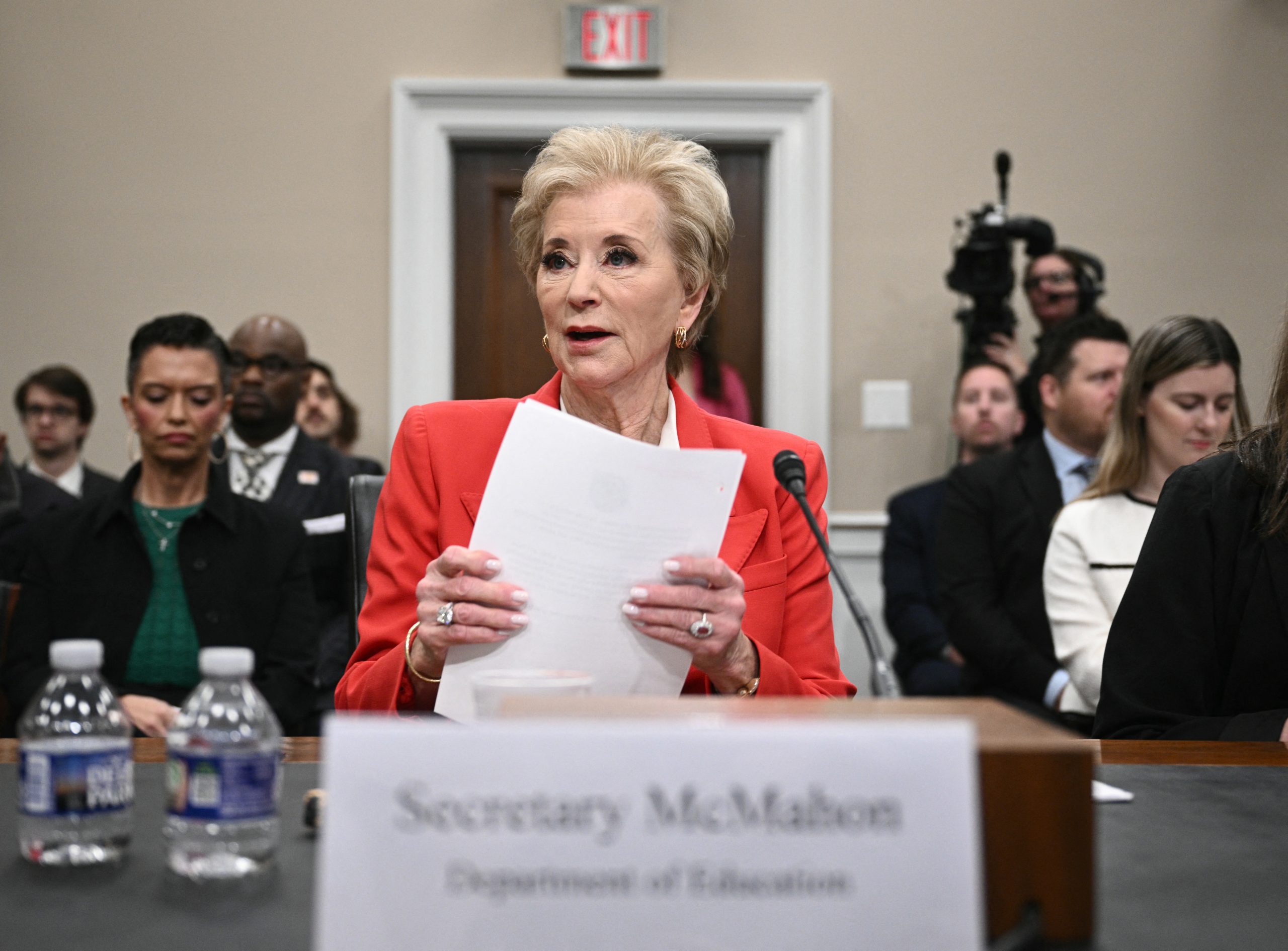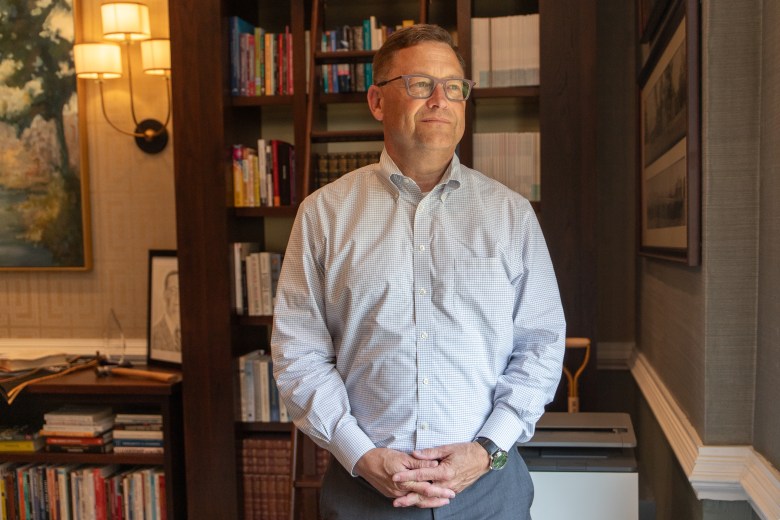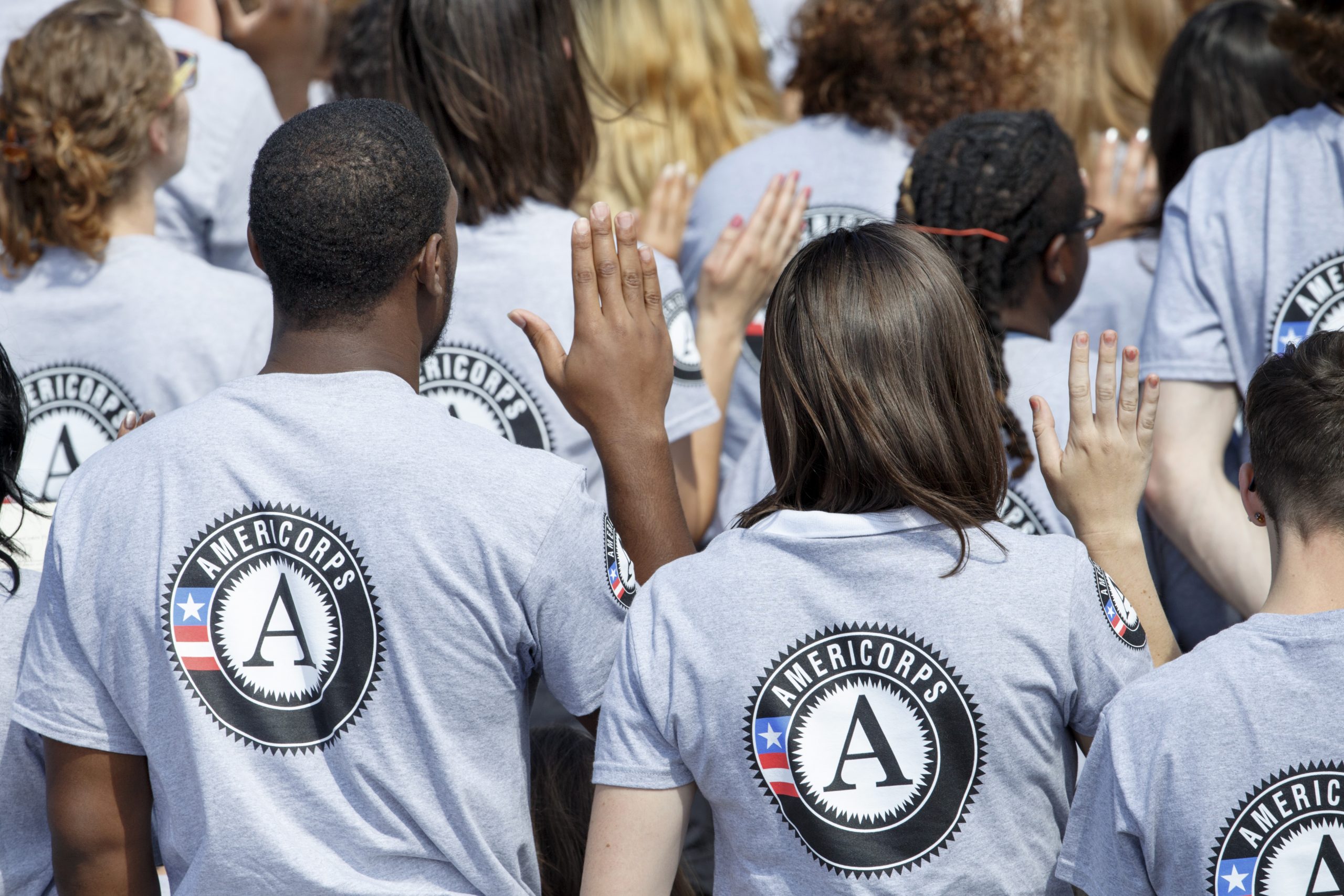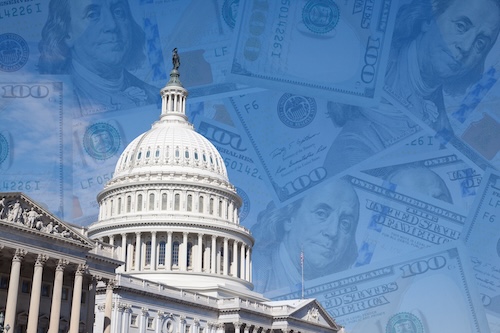by John Katzman, The Hechinger Report
November 19, 2025
The Trump administration’s dismantling of the U.S. Department of Education this week provides a rare opportunity to rethink our current top-down approach to school governance.
We should jump on it. It’s not sexy to talk about governance, but we can’t fix K-12 education until we do so, no matter how we feel about the latest changes.
Since the Department of Education opened in 1980, we’ve doubled per-pupil spending, and now spend about twice as much per student as does the average country in the European Union. Yet despite that funding — and the reforms, reports and technologies introduced over the past 45 years — U.S. students consistently underperform on international benchmarks. And people are opting out: 22 percent of U.S. district students are now chronically absent, while record numbers of families are opting out of those schools, choosing charters, private schools and homeschooling.
Most federal and state reform approaches have been focused on curricular standards and have accomplished little. The many billions spent on the Common Core standards coincided with — or triggered — a 13-year decline in academic performance. The underlying principles of the standards movement — that every student should learn the same things at the same time, that we know what those things are and that they don’t change over time — have made our schools even less compelling while narrowing instruction to what gets tested.
Related: A lot goes on in classrooms from kindergarten to high school. Keep up with our free weekly newsletter on K-12 education.
We need to address the real problem: how federal, state and district rules combine to create a dense fog of regulations and directives that often conflict or constrain one another. Educators are losing a rigged game: It’s not that they’re doing the wrong things, it’s that governance makes them unresponsive, bureaucratic, ineffective and paralyzed — can you name an industry that spends less on research and development?
Fixing governance won’t be simple, but it shouldn’t take more than 13 years to do it: three years to design a better system of state governance and 10 more to thoroughly test and debug it.
I would start by bringing together experts from a variety of disciplines, ideally at a new “Center for K-12 Governance” at a university’s school of education or school of public policy, and give them three years to think through a comprehensive set of state laws and regulations to manage schools.
The center would convene experts from inside and outside of education, in small groups focused on topics including labor, funding, data, evaluation, transportation, construction, athletics, counseling, technology, curricula and connections to higher education and the workforce. Its frameworks would address various educational and funding alternatives currently in use, including independent, charter and parochial schools, home schooling and Education Savings Accounts, all of which speak to the role of parents in making choices about their children’s education.
Each group would start with the questions and not the answers, and there are hundreds of really interesting questions to be considered: What are the various goals of our K-12 schools and how do we authentically measure schools against them? What choices do we give parents, and what information might help them make the right decisions for their kids? How do we allow for new approaches to attract, support and pay great teachers and administrators? How does money follow each student? What data do we collect and how do we use it?
After careful consideration, the center would hand its proposed statutes to a governor committed to running a long-term pilot to fully test the model. He or she would create a small alternative department of education, which would oversee a few hundred volunteer schools matched to a control group of similar schools running under the state’s legacy regime; both groups would include schools with a range of demographic and performance profiles. The two systems could run side by side for up to a decade.
Related: Schools confront a new reality: They can’t count on federal money
Each year, the state would assess the two departments’ performance against metrics like graduation and college-completion rates, teacher retention, income trajectories, civic participation, student and parent satisfaction, and, yes, NAEP scores. Under intense scrutiny by interested parties, both groups would be free to tweak their playbooks and evaluate solutions against a range of real-world outcomes. Once definitive longitudinal data comes in, the state would shutter one department and move the governance of its schools over to the other, perhaps launching a new test with an even better system.
This all may seem like a lot of work, but it’s a patient approach to a root problem. Schools remain the nation’s most local public square; they determine income mobility, civic health and democratic resilience. If we fail to rewire the system now to support them properly, we guarantee their continued decline, to the detriment of students and society. Instead of celebrating students, teachers and principals who succeed despite the odds, we should address why we made those odds so steep.
That’s why we should use this moment to draft and test something audacious, and give the next Supreme Court a happier education case to decide: how to retire a legacy system that finally lost a fair fight.
John Katzman has founded and run three large ed tech companies: The Princeton Review, 2U and Noodle. He has worked closely with many large school districts and has served on the boards of NAPCS and NAIS.
Contact the opinion editor at [email protected].
This story about fixing K-12 education was produced by The Hechinger Report, a nonprofit, independent news organization focused on inequality and innovation in education. Sign up for Hechinger’s weekly newsletter.
This <a target=”_blank” href=”https://hechingerreport.org/opinion-it-will-take-patience-and-courage-to-fix-k-12-education-without-the-department-of-education/”>article</a> first appeared on <a target=”_blank” href=”https://hechingerreport.org”>The Hechinger Report</a> and is republished here under a <a target=”_blank” href=”https://creativecommons.org/licenses/by-nc-nd/4.0/”>Creative Commons Attribution-NonCommercial-NoDerivatives 4.0 International License</a>.<img src=”https://i0.wp.com/hechingerreport.org/wp-content/uploads/2018/06/cropped-favicon.jpg?fit=150%2C150&ssl=1″ style=”width:1em;height:1em;margin-left:10px;”>
<img id=”republication-tracker-tool-source” src=”https://hechingerreport.org/?republication-pixel=true&post=113457&ga4=G-03KPHXDF3H” style=”width:1px;height:1px;”><script> PARSELY = { autotrack: false, onload: function() { PARSELY.beacon.trackPageView({ url: “https://hechingerreport.org/opinion-it-will-take-patience-and-courage-to-fix-k-12-education-without-the-department-of-education/”, urlref: window.location.href }); } } </script> <script id=”parsely-cfg” src=”//cdn.parsely.com/keys/hechingerreport.org/p.js”></script>


















